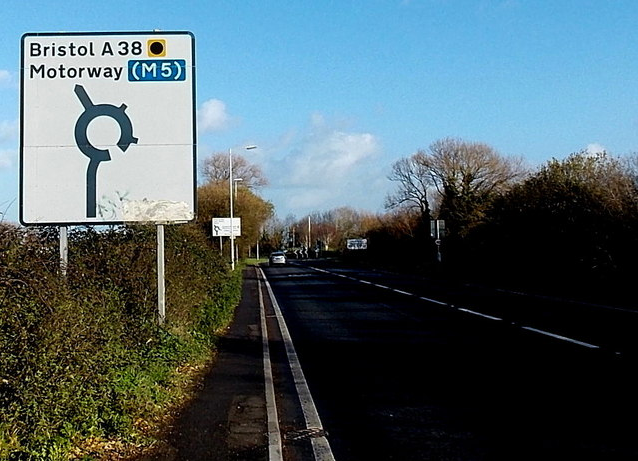Vital statistics: where should you move for your career?
- Emma Finamore
- Last updated 22 Jan 2019
With key information revealed about each of the UK’s regions, where will your first career move be?

The lovely people over at JobsToday have developed an interactive map showing key career information across the UK.
The map highlights important factors to consider before relocating for work or study, including employment rate, average salary, and the region’s key industry.
We’ve broken down the most important stats for school leavers below, but check out the map for more detail.
North West England
Employment rate: 68%
Top university: University of Manchester
Key industry: Creative
It’s predicted that the creative industry will generate more than 200,000 jobs within the next 5 years. Salford has recorded a 50% employment growth since 2010 with over 7,500 people employed in the sector over the next 5 years.
North East England
Employment rate: 66%
Top university: Durham University
Key industry: Construction
A booming construction industry is predicted to create 17,500 jobs by 2019. Recruitment in the industry is being driven by an array of sizeable developments, large-scale projects, and private housing demand.
Yorkshire & the Humber
Employment rate: 69%
Top university: University of Sheffield
Key industry: Tourism
Worth £7 billion annually, the tourism sector employs nearly 250,000 workers. With over 216 million visits to Yorkshire every year, the industry looks poised for future growth.
East Midlands
Employment rate: 72.10%
Top university: University of Nottingham
Key industry: Construction
Over 15,000 new jobs have been created in the East Midlands construction industry. The growth within the sector is estimated to create over 224,000 jobs by 2016 as the housing market expands.
West Midlands
Employment rate: 68.80%
Top university: University of Warwick
Key industry: Manufacturing
With just under 30% of the total UK production coming from the West Midlands, machinery and transport account for roughly 71% of total exports from the region. Between 2012 and 2017, the industry is predicted to grow by over 8%.
Wales
Employment rate: 68.10%
Top university: Cardiff University
Key industry: Creative
The creative industry is the fastest growing in Wales and employment within this sector grew by 58% between 2005 and 2013. The Welsh creative industry heavily contributes to many popular BBC programmes including Doctor Who and Sherlock.
East Anglia
Employment rate: 74.90%
Top university: University of Cambridge
Key industry: Agriculture
With over half of agricultural land utilised to grow cereal crops, the industry employs over 80,000 workers. The sector contributes over £2 billion to the region.
South West
Employment rate: 73.10%
Top university: University of Bristol
Key industry: Aerospace
The aerospace industry in the South West is estimated to be worth over £7 billion with over 800 companies and 57,000 people currently employed in the industry.
South East
Employment rate: 74.90%
Top university: University of Oxford
Key industry: Business Services
Forecasts have shown that business services within the South East region will show the largest growth between 2010 and 2020. Forecasts have also shown there will be an increase of over 100,000 jobs by 2020 with regional ambition to create over 200,000 new jobs.
London
Employment rate: 72.30%
Top university: Imperial College London
Key industry: Finance
Financial technology in London is widely considered to be a world leading industry. In 2008, over 300,000 employees worked in the City of London finance sector, which is predicted to rise to over 436,000 by 2025.
Scotland
Employment rate: 71.20%
Top university: University of Edinburgh
Key industry: Finance
The financial sector in Scotland contributes £5 billion (or 7%) of the Scottish GDP. The sector has been rapidly growing at 4 times the rate of the Scottish economy. The sector has grown by 36% compared to the UK average of 15%.
Northern Ireland
Employment rate: 67.60%
Top university: Queens University of Belfast
Key industry: Tourism
The tourism sector in Northern Ireland is currently worth 4.9% of their GDP supporting over 40,000 jobs. By 2020, it is predicted that this will generate a further 10,000 jobs and attract 4.5 million tourists every year.
News
- Top 5 school leaver tips for a career in fashion
- Halloween: job interview horror stories
- Interview: the Institution of Engineering & Technology apprentice of the year
- Epic prom fails
- 5 Ways to introduce yourself at an Insight Day
- A Christmas list to help your career
- Are apprentices being paid enough?
- School Leaver Awards 2018: Spotlight on Moore Stephens
- The best UK Cities for Young People
- What are school leavers’ most popular careers by gender?